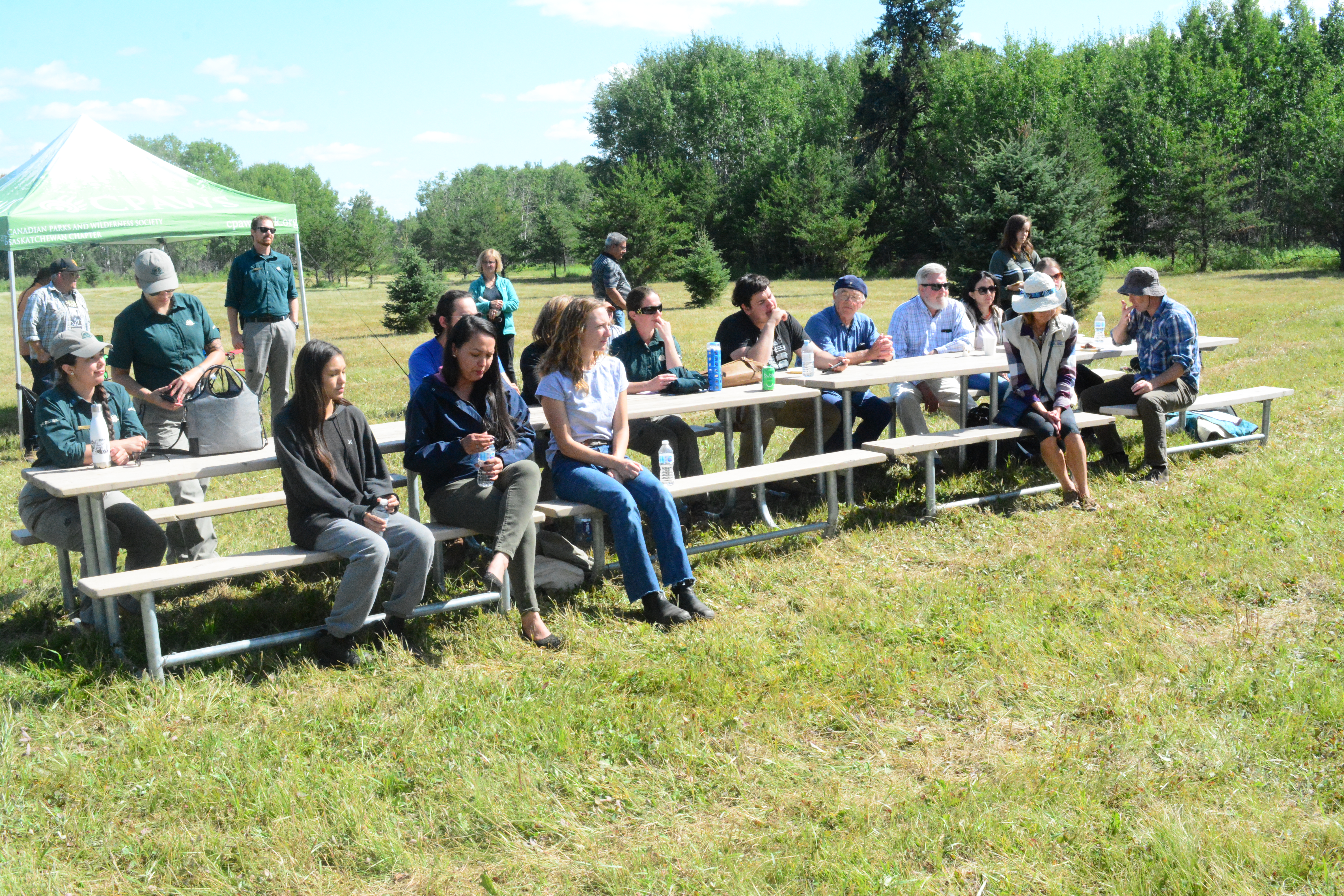
Conservationists gather to advance bison at P.A. National Park
A number of groups and people focused on buffalo conservation gathered in Prince Albert National Park Tuesday.
The Paspiwin Cultural Heritage Site hosted a Buffalo Treaty Gathering, which brought together Indigenous peoples, government and area landowners.
Those who sign the Buffalo Treaty, which includes First Nations in both Canada and the United States, agree to recognize the importance of the wild animal to everything ranging from conservation to culture. Signatories to the treaty also commit to help bring the species back.
P.A. National Park is home to the Sturgeon River Plains Bison Herd, which is one the last remaining free roaming herds in the country.



